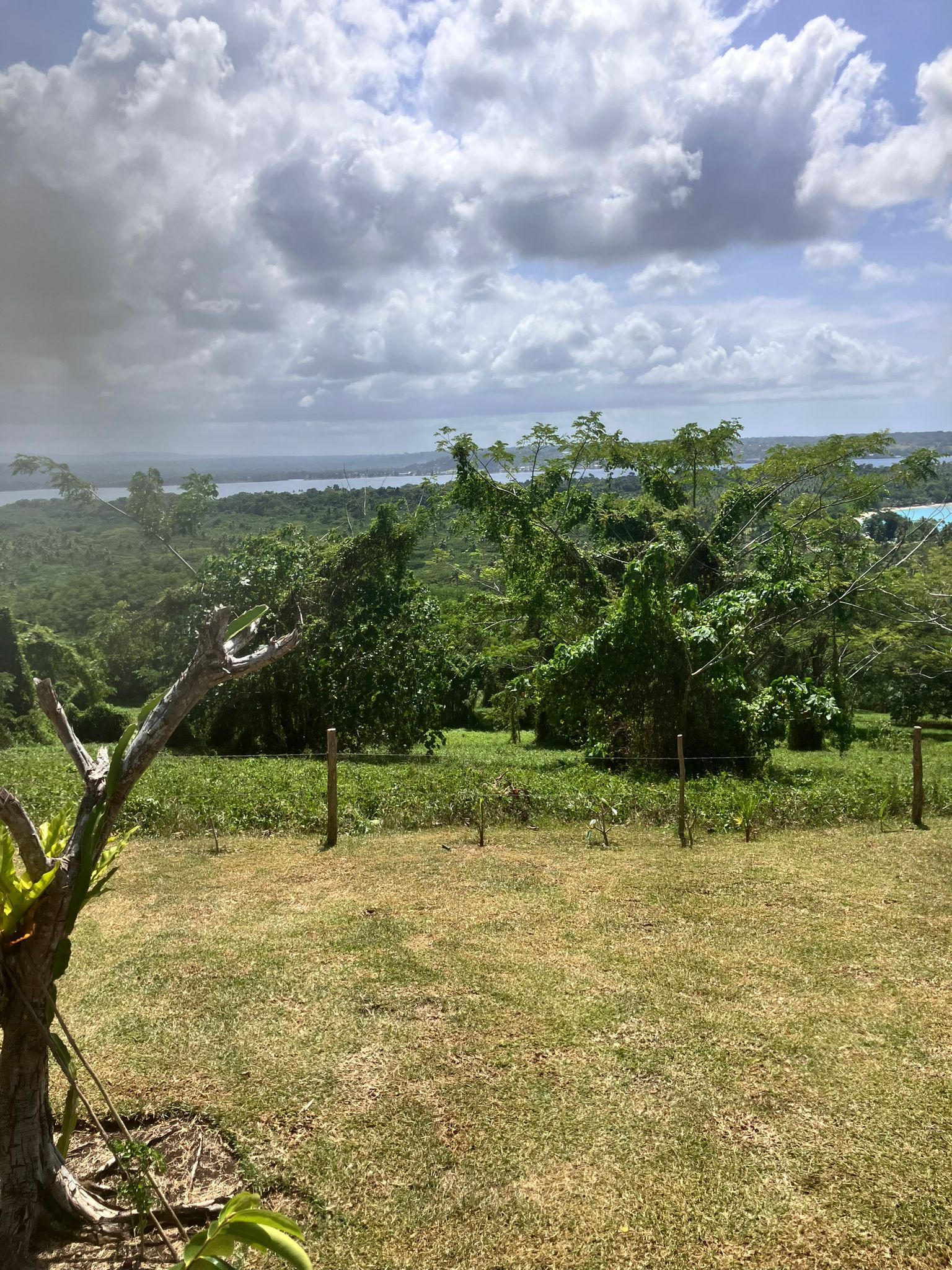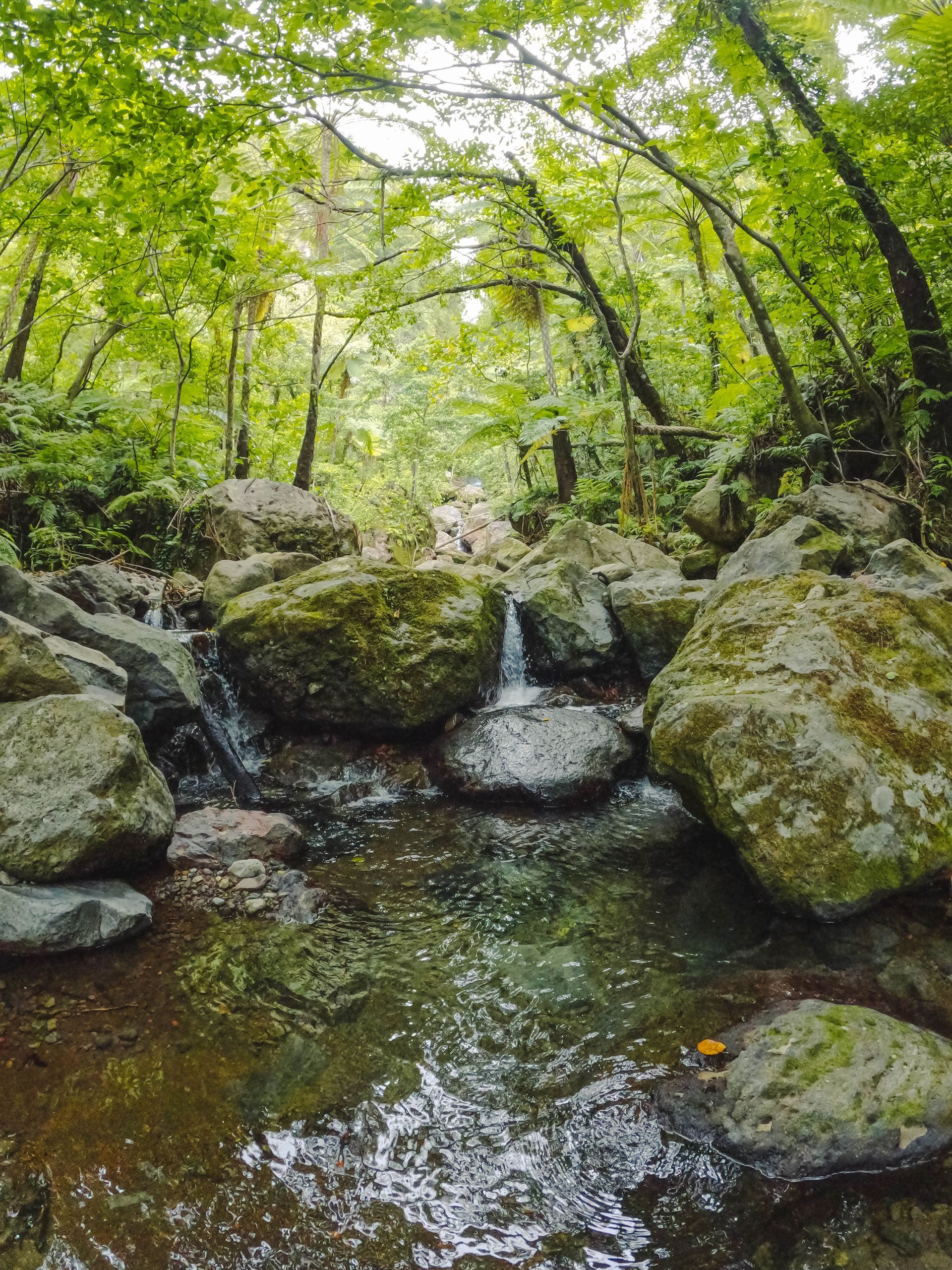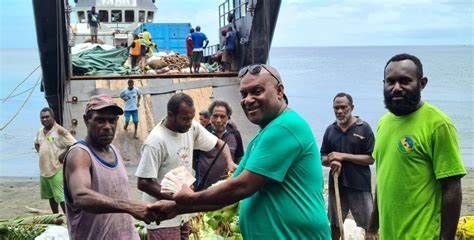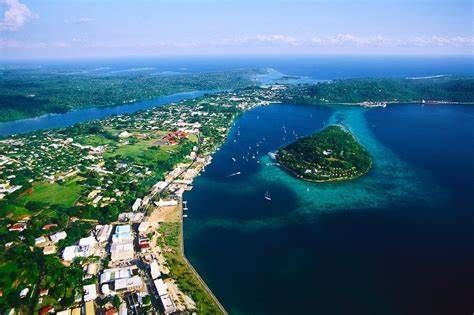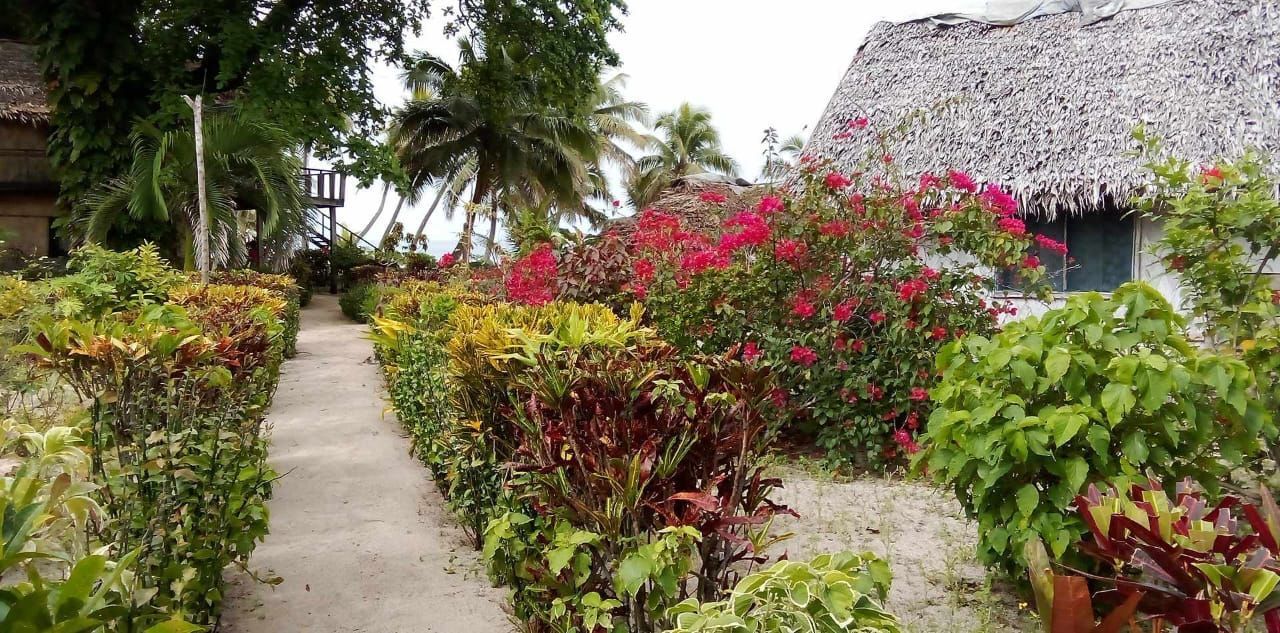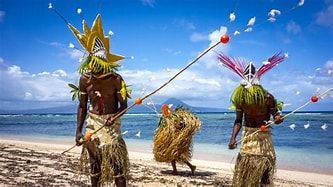Discovering the Rich History of Aore Island, Vanuatu
Discovering the Rich History of Aore Island, Vanuatu
Nestled in the picturesque archipelago of Vanuatu in the South Pacific, Aore Island is a hidden gem with a captivating history that reflects the cultural diversity and resilience of its people. While it may not be as widely known as some of Vanuatu's larger islands, Aore's historical significance is a fascinating story worth exploring.
Geographical and Cultural Background
Aore Island is situated off the northeastern coast of Espiritu Santo, the largest island in Vanuatu. Covering approximately 4 square kilometers, Aore is known for its lush greenery, pristine beaches, and vibrant marine life. The island's strategic location made it an important site for indigenous communities long before European contact.
The indigenous Ni-Vanuatu inhabitants have inhabited Aore for centuries, developing rich traditions, oral histories, and social structures. The island's communities traditionally relied on fishing, gardening, and trading with neighboring islands, contributing to a vibrant cultural tapestry.
Early History and Indigenous Heritage
The history of Aore Island begins with its original Melanesian settlers, who arrived thousands of years ago. These early inhabitants developed complex social systems, spiritual beliefs, and customs, many of which are still preserved today through dance, music, and ceremonies.
Archaeological evidence suggests that the island was part of extensive trade networks among the islands of Vanuatu, exchanging tools, pottery, and other goods. The island's strategic position also meant it played a role in regional interactions and migrations over centuries.
European Contact and Colonial Era
European explorers first arrived in the 19th century, bringing significant changes to Aore Island's way of life. The most notable contact was with British and French missionaries, traders, and colonial administrators who established influence over the region.
During the late 19th and early 20th centuries, Vanuatu (then known as the New Hebrides) was jointly administered by Britain and France under a unique condominium agreement. This colonial period introduced Western education, Christianity, and new economic activities, which gradually transformed the island's traditional society.
World War II Significance
Aore Island gained strategic importance during World War II, especially due to its proximity to Espiritu Santo, which served as a major military base for Allied forces. The island hosted Allied troops and facilities, contributing to the broader war effort in the Pacific theater.
Remnants of military installations and artifacts from this era can still be found on the island, serving as historical reminders of its role during tumultuous times.
Post-Independence and Contemporary Era
Vanuatu gained independence from colonial rule in 1980, and since then, Aore Island has continued to develop while maintaining its cultural heritage. Today, the island is known for its eco-tourism, diving, and cultural experiences, attracting visitors eager to explore its unspoiled beauty and history.
Efforts are underway to preserve Aore's historical sites and promote awareness of its indigenous culture, ensuring that the stories of its ancestors remain alive for future generations.
Conclusion
Aore Island's history is a tapestry woven with indigenous traditions, colonial influences, and modern development. Its story reflects the resilience and adaptability of its people, who have preserved their cultural identity amidst changing times. Visiting Aore offers not only a chance to enjoy stunning natural beauty but also to connect with a rich historical narrative that encapsulates the spirit of Vanuatu.
Whether you're a history enthusiast, a nature lover, or an adventure seeker, Aore Island promises an authentic journey into the heart of the South Pacific's vibrant past.


